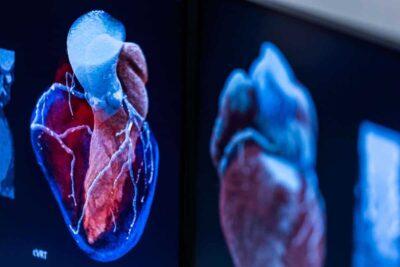Since its inception in 2022, the university has been an active participant in the HUNOR Hungarian Astronaut Programme, providing medical and healthcare support.
The health screening and selection of candidates, as well as their sports health training, were largely based on the involvement of Semmelweis University, which was the result of an intense university collaboration. – Dr. Béla Merkely
Dr. Béla Merkely, Rector, Head of the Városmajor Heart and Vascular Center and the Department of Aviation and Space Medicine, was in charge of the medical expertise, such as the health screening and preparation, as a member of the four-person Steering Committee of the HUNOR program. He noted that approximately twenty departments of the university were involved in the process. “The fact that everything went according to plan from a medical and health perspective during the mission is a testament to the excellence of our staff and their hard work,” he added.
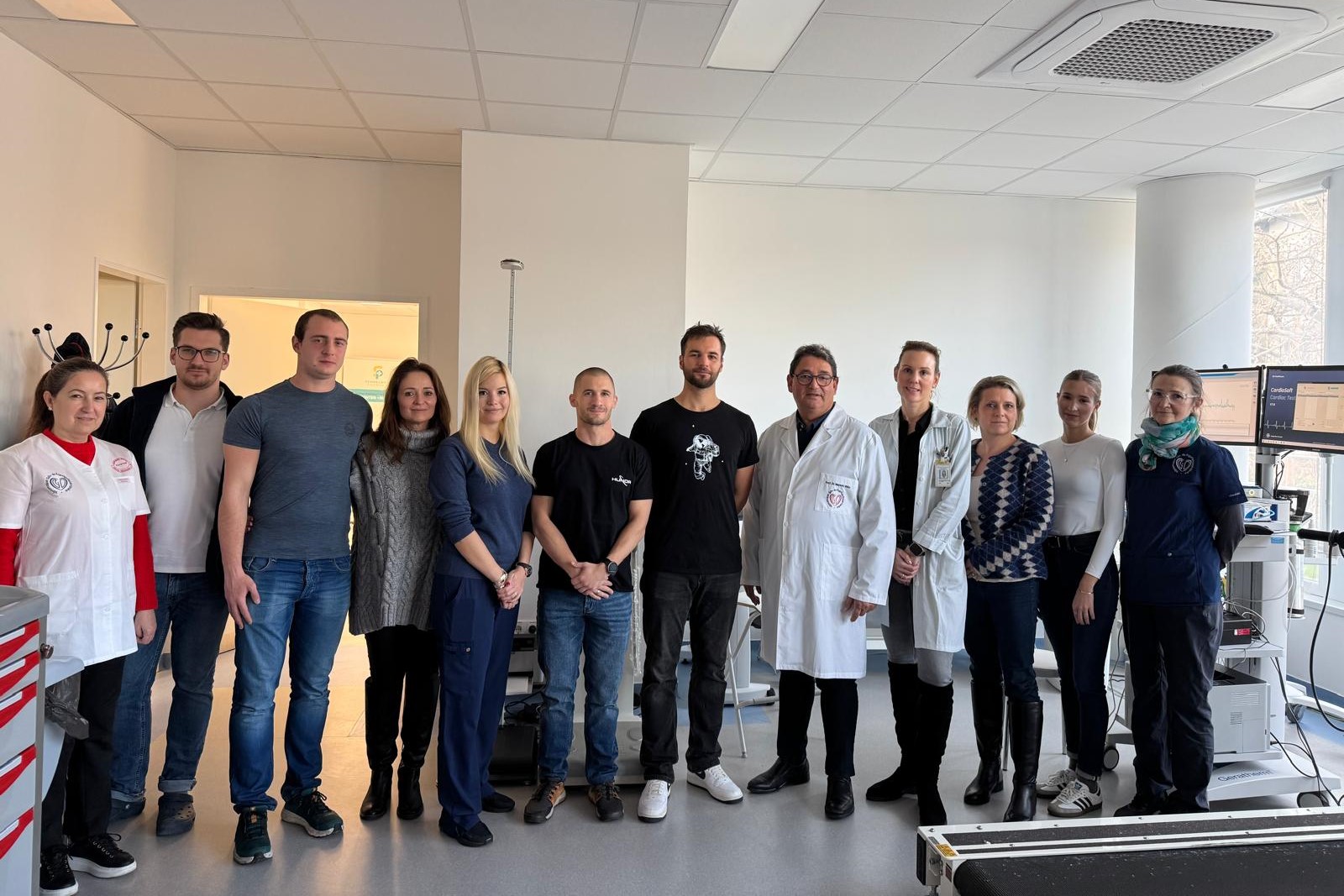
The rector emphasized that, throughout this process, international-level expertise had been developed. This enables Semmelweis University, in cooperation with the HUNOR team, to select and train a third Hungarian astronaut at any time. It also allows them to support space missions and rehabilitation. “We look forward to the future with great anticipation and believe that the next mission involving Hungary will not take another 45 years,” said the rector. (Tibor Kapu reached space 45 years after the first Hungarian astronaut, Bertalan Farkas. The second Hungarian national to travel into space was Charles Simonyi, but he traveled as an American citizen – Ed.)
As part of the HUNOR program, after the screening of over 240 applicants, the university conducted thorough medical examinations and health assessments of the 25 shortlisted candidates to make the final selection. Semmelweis University has developed a protocol that incorporates the guidelines of NASA and ESA (European Space Agency). During the one-year basic training program, the university provided psychological and physical preparation, as well as some theoretical medical training, for the four selected astronaut candidates, including Tibor Kapu and Gyula Cserényi. As a next step, the physical and mental preparation and health monitoring of Tibor Kapu and his backup, Gyula Cserényi, continued under the professional guidance of Semmelweis University during a year-long mission-specific training program in Houston.
Dr. Béla Merkely also highlighted how unique it was that the Hungarian astronaut was assisted by a Hungarian flight surgeon. Dr. Klaudia Vivien Nagy, Associate Professor at the Városmajor Heart and Vascular Center and the Department of Aviation and Space Medicine, was the first person in Hungary to complete the European Space Agency’s accredited space medicine training, thus becoming Hungary’s first ESA-certified flight surgeon.
Hungarian flight surgeon assists Hungarian astronaut
“This is important both professionally and personally. A space mission and its preparations create a unique situation in which speaking the same language and sharing a cultural background can be psychologically significant. This can strengthen the sense of security,” pointed out Dr. Klaudia Vivien Nagy, who has been an active participant in the HUNOR program since 2022 as the operational professional leader of the health section.
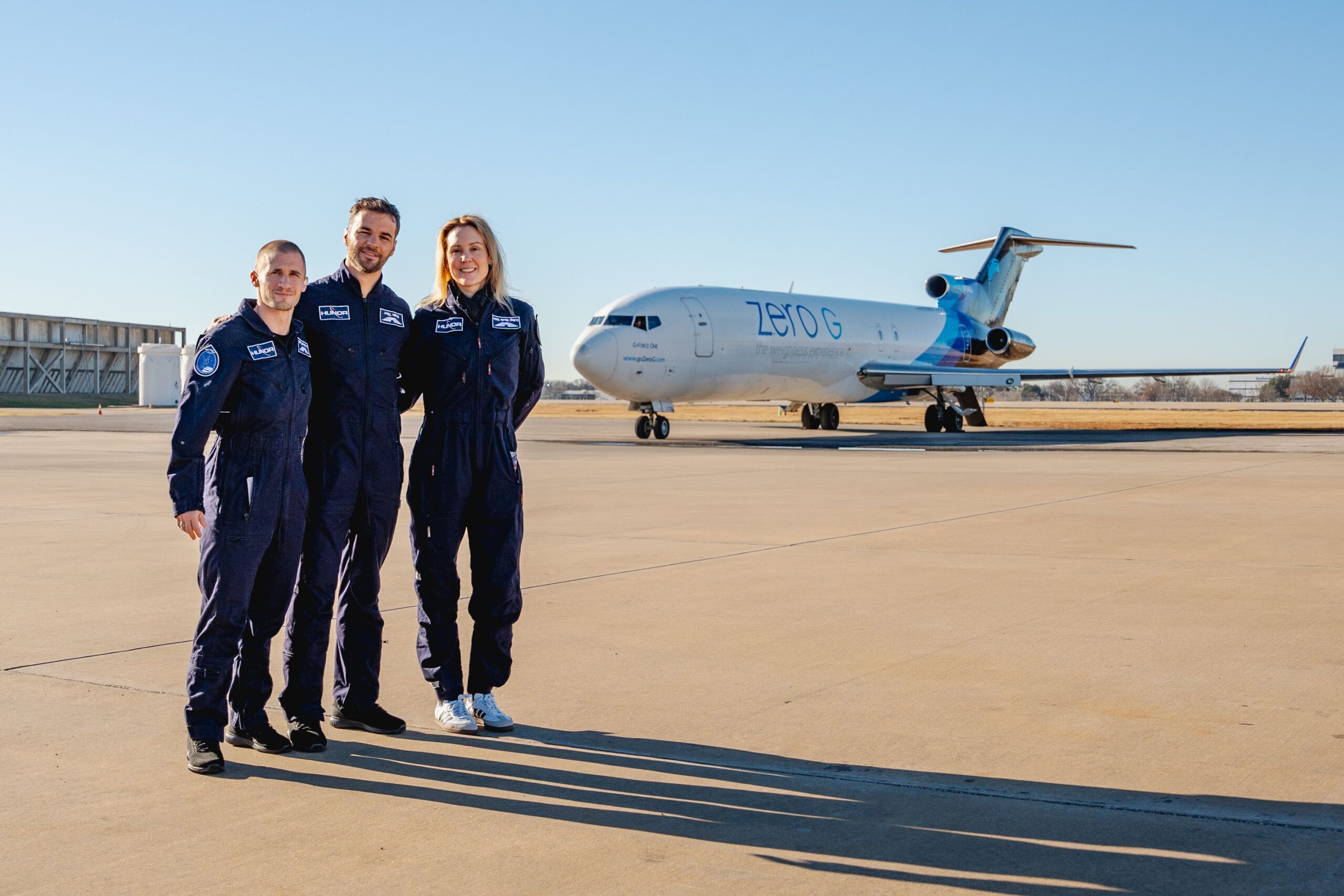
She coordinated the medical selection process and supported Tibor Kapu throughout the entire process: from training through pre-mission quarantine to rehabilitation. While the Hungarian astronaut was aboard the International Space Station (ISS), she was on call 24 hours a day in Houston to be available at any time, if needed.
“During the launch, I followed the events from the Triage Site at the Kennedy Space Center, which is where emergency medical units, ambulances, and firefighters depart in case of an emergency. Then I had to return to the Axiom Space base in Houston within 24 hours to be present for the first live video medical consultation. Once the astronauts arrived at the International Space Station, we held a private medical consultation with the Axiom Space medical team. During these consultations, we spoke directly with Tibor, discussed possible symptoms and complaints, gave advice, and recommended medication when necessary. By protocol, these consultations should occur during the first few days of the mission, again in the middle, and finally in the days before returning,” the flight surgeon explained.
Dr. Klaudia Vivien Nagy noted that involving a flight surgeon throughout the process fosters a cooperative and trusting relationship between astronauts and flight surgeons. “Only in exceptional cases can we as doctors know the health status and reactions of our patients to such an extent. Thanks to this knowledge, I can almost immediately tell if everything is fine with Tibor or if something is wrong,” she highlighted.
Although this particular mission, planned for 14 days and then extended to 18 days, is considered short, even this duration places a significant physiological strain on the body; first, it must adapt to the microgravity environment, i.e., weightlessness, and then, after returning, it must adapt to Earth’s gravity again. In the short term, this particularly affects the cardiovascular and neurovestibular (balance) systems. Space missions affect the cardiovascular system by changing the distribution of body fluids. In the absence of gravity, fluids accumulate in the upper body. This leads to a decrease in circulating blood and fluid volume of approximately 20 percent. This is why special attention must be paid to astronauts when they first exit the space capsule upon returning to Earth. Sudden changes in blood pressure, dizziness, and loss of consciousness are common in such situations. Adaptation of the neurovestibular system may also be accompanied by dizziness and seasickness-like symptoms.
Tibor Kapu took two research projects initiated by Semmelweis University to the International Space Station. One of these projects, led by Dr. Klaudia Vivien Nagy, focused on the telemedical monitoring of health problems related to the cardiovascular and vestibular systems that arise during space travel. “Both pre- and post-mission measurements were carried out, and the onboard data collection was successful as well. We have begun the evaluation process,” said Dr. Klaudia Vivien Nagy. The other study is investigating the use of a nanofiber-based ophthalmic drug formulation under microgravity conditions. The topic is supervised by Director Dr. Zoltán Zsolt Nagy at the Department of Ophthalmology, Director Dr. György Tibor Balogh at the Department of Pharmaceutical Chemistry, and Diána Balogh-Weiser, Chief Research Officer at Spinsplit Ltd. and associate professor at the Budapest University of Technology and Economics (BME). The European Knowledge Centre Ltd., headed by CEO Zoltán Horváth, is leading the experiment. The Faculty of Mechanical Engineering at BME is participating as a professional partner under the direction of Department Head Dr. Tamás Insperger. The German Aerospace Center (DLR) is also involved, with experts Dr. Scott Ritter and Jürgen Drescher participating. The study in relation to the active ingredient-free solid ophthalmic insert, which was conducted on the International Space Station, was successful. The next step is to evaluate the study documentation. Once the samples are received, comprehensive material science and medicinal chemistry tests will begin on inserters containing active ingredients.
Preparation and rehabilitation program based on experience with top athletes
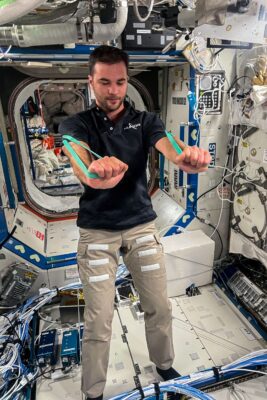
The fact that Tibor Kapu was able to perform the experiments during the mission with outstanding results confirms the success of the selection and preparation processes. Dr. Nóra Sydó, Assistant Professor, cardiologist, and sports physician at the Városmajor Heart and Vascular Center, member of the Hungarian Olympic Committee’s medical committee, and team physician for the national swimming team, was responsible for planning the astronauts’ complete physical preparation and rehabilitation process. The goal of the physical training program was to help each candidate achieve the best possible physical condition and endurance. All this is necessary because during the mission, astronauts must perform experiments while dealing with the aforementioned difficulties of adaptation, fatigue, and pressure, and must remain highly focused. “To this end, building on our experience with professional athletes, we designed a comprehensive program that included medical supervision by me, as well as the involvement of a strength trainer, a swimming coach, a massage therapist, a physical therapist, and a dietitian,” explained Dr. Nóra Sydó, adding that all this ensured an exceptionally health-conscious lifestyle. She pointed out that the second phase of the physical training program also included balance training to develop the core muscles and support adaptation to weightlessness more effectively.
Dr. Nóra Sydó said that during the first two-week phase of rehabilitation, which had been recently completed, work was conducted for several hours a day in Houston with university specialists present in person. They determined how fast and with what intensity they should progress by continuously monitoring the current health status. In the first few days, they used a special treadmill.
This so-called body weight support treadmill takes the strain off the lower body and helps astronauts gradually adapt to gravitational conditions. There were also special exercises designed to test balance and spatial awareness. Massage played an important role in the initial phase by stimulating lymphatic circulation, promoting fluid drainage, and encouraging muscle relaxation.
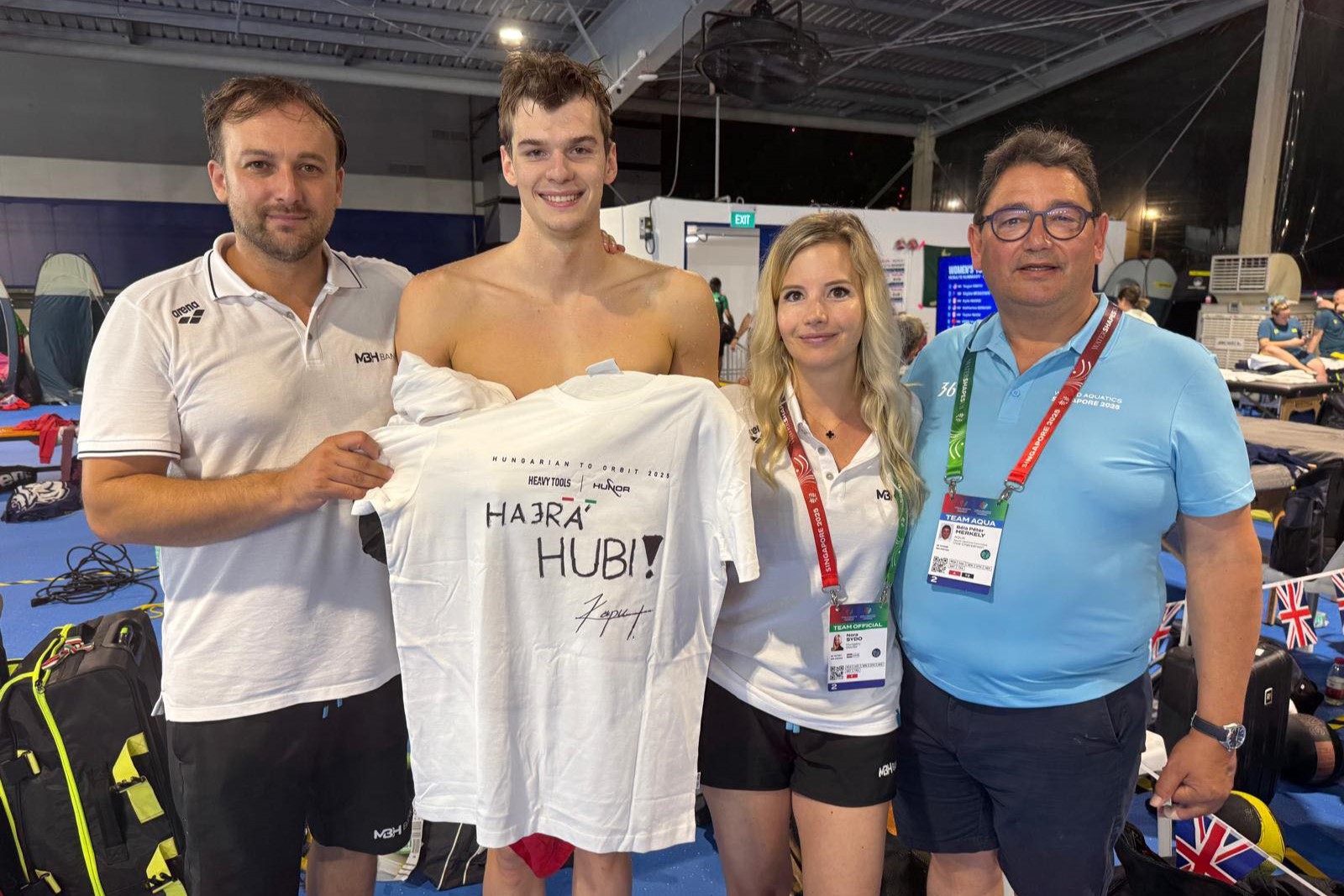
Dr. Nóra Sydó noted that preparing for space missions and rehabilitation was a completely new field in Hungary, which had presented a significant but rewarding challenge for her. At the same time, they aimed to leverage their experience with elite athletes to develop a professional program that met international standards. “We can consider the astronaut mission an extreme job. I was able to apply my experience as a cardiologist, sports physician, and occupational physician to my work, taking a holistic approach,” she said.
Special focus on mental health
During Tibor Kapu’s mission, special attention was given to the astronaut’s mental health. Assistant Professor Dr. Éva Jekkel, chief clinical psychologist, psychotherapist, and forensic psychologist at the Department of Psychiatry and Psychotherapy, was responsible for psychological preparation and follow-up within the medical team.
As she explained, one of the key criteria in the selection process was that astronaut candidates had to have above-average mental health and be able to cope with extreme conditions by being flexible, adaptable, and managing stress well. Various mental coping strategies were further developed during training in line with the specific circumstances.
Citing a few examples, Dr. Éva Jekkel said that the training included anxiety-relieving relaxation techniques, communication skills for stressful situations, and coping with possible memory loss and sleep disorders caused by the microgravity environment. “The primary task from a psychological perspective during the active rehabilitation phase following his return was to support him in processing his experiences,” explained Dr. Éva Jekkel. She added that the enormous attention and sudden fame could also become a psychological burden, which is why it was important to prepare the astronauts and help them cope with these.
The medical background of the program was provided by the following departments of Semmelweis University:
- Városmajor Heart and Vascular Center
- Department of Aviation and Space Medicine
- Department of Sports Medicine
- Department of Psychiatry and Psychotherapy
- Department of Rheumatology and Immunology
- Medical Imaging Center
- Department of Orthopedics
- Department of Ophthalmology
- Department of Internal Medicine and Oncology
- Department of Neurology
- Department of Otorhinolaryngology, Head and Neck Surgery
- Department of Prosthodontics
- Department of Pulmonology
- Department of Dermatology, Venereology and Dermatooncology
- Department of Urology
- Department of Obstetrics and Gynecology
- Department of Surgery, Transplantation and Gastroenterology
- Department of Laboratory Medicine
Pálma Dobozi, Eszter Keresztes
Translation: Judit Szabados-Dőtsch
Image credit: HUNOR Hungarian Astronaut Programme, Dr. Béla Merkely’s Facebook account

